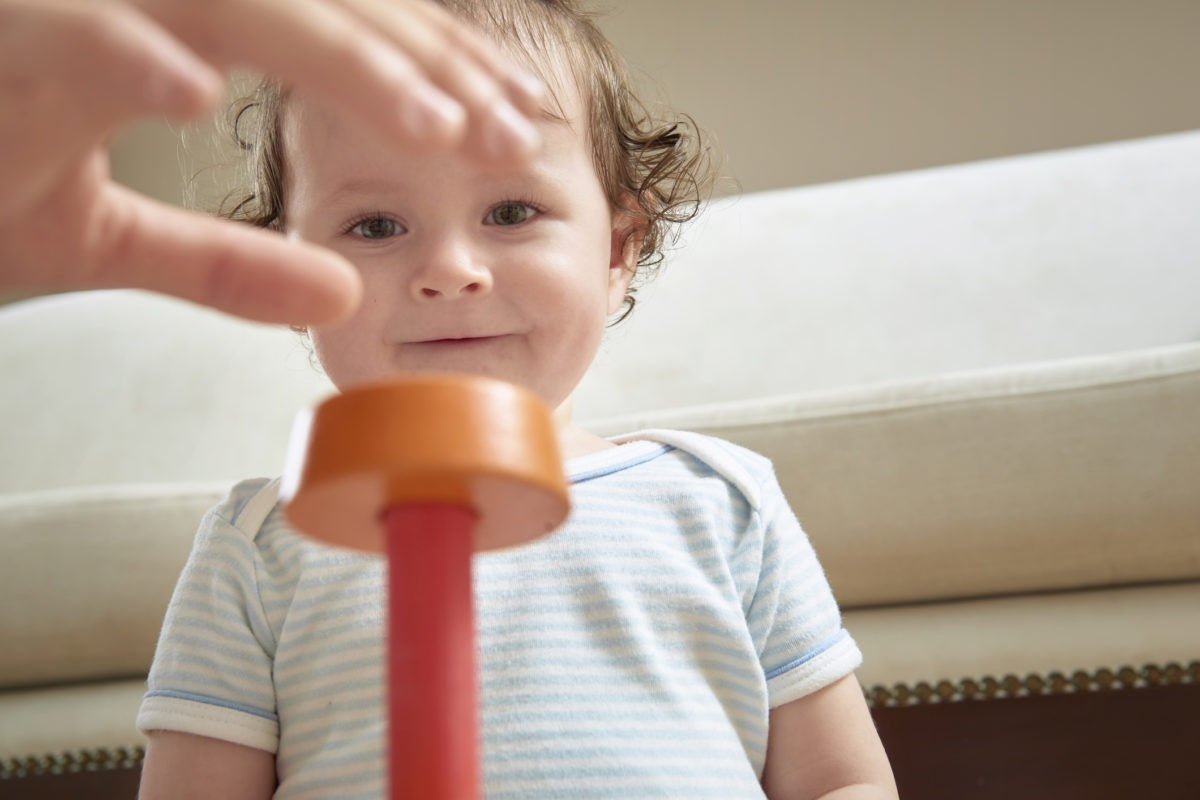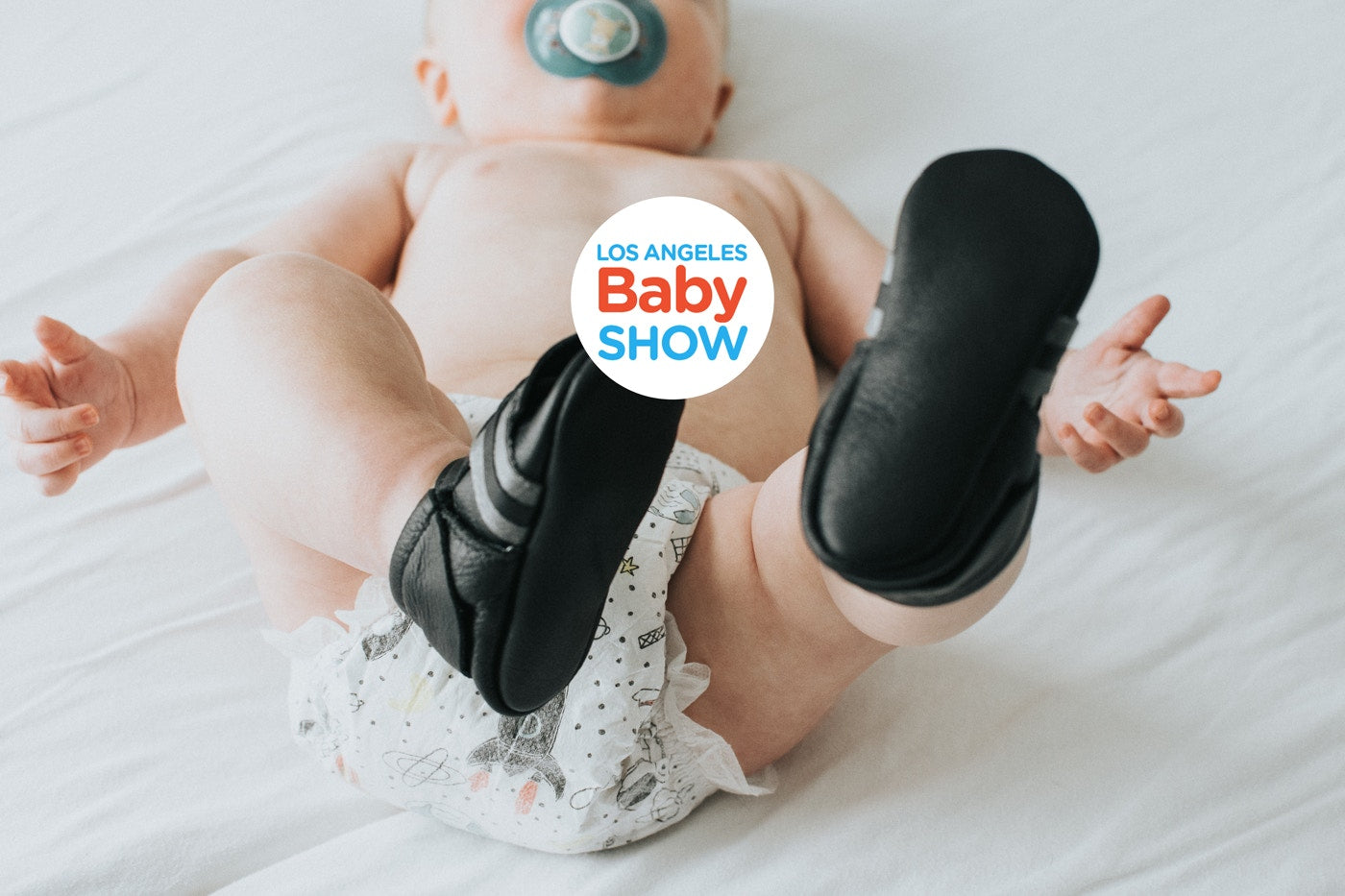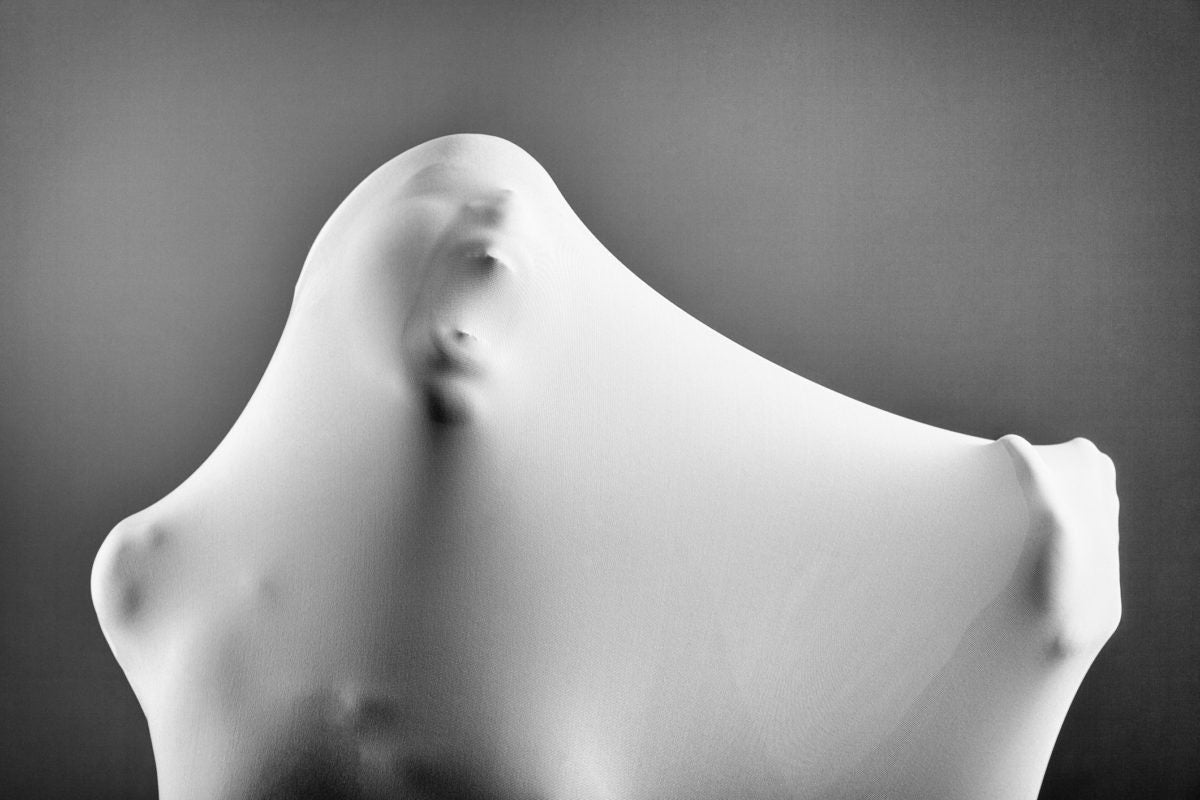Adults are able to make a range of predictions using information coming in from their senses and past learning. Being able to predicate what will happen in a situation is an important part of human life. Predictions keep us safe, help us make decisions, and help build relationships.
Up until now, it hasn't been clear when children begin predicting outcomes. At what age does this important skill begin? My children have always loved to play games with an element of predictability and chance. I always thought my babies were pretty clever and made some good guesses. Turns out, I was right.
Neuroscientists from the Max Planck Institute for Human Cognitive and Brain Sciences recently studied six- to 18-month-old babies' ability to make predictions. The team, led by Dr. Ezgi Kayhan, found that even six-month-old babies can estimate how likely it is that something will occur. “Several studies have already investigated whether infants can assess probabilities, but we’ve been the first to research whether the difficulty level of the likelihood information makes a difference,” Kayhan stated.
75 babies in the study watched animated film clips that featured a machine filled with balls. Most of the balls were blue, some were yellow. In a second sequence, the machine ejected lots of blue balls into one basket, and mainly yellow balls into another container. It was 625 times less likely that the machine chose yellow balls instead of blue to fill the first basket. This means it was a very unlikely event.
The neuroscientists used eye-tracking to measure whether babies could predict which ball would come out. They observed which basket the babies looked at for longer, indicating if it was the likely or the unlikely option. “We noticed that the infants stared longer at the unlikely option independently from the tested age group to which they belonged – presumably because they were surprised that it was just made up of the rare yellow balls and that it was, therefore, a very improbable event,“ explains Kayhan.
The neuroscientists also used red and green balls, not just yellow, just in case the babies looked at the yellow balls because yellow was more attractive to them than blue. The babies were able to decide which color occurred more often and, in turn, which color was more likely to be drawn even when red and green balls were used.
The babies’ gaze preferences changed depending on the ratio of blue and yellow balls. The babies preferred to look at the likely blue-dominated sample for longer, even when it was only nine out of 10 times more likely to be a blue ball. This outcome surprised Kayhan's team.
The neuroscientists believe that a possible explanation could be that with the decreasing ratio between the two colours, the mental difficulty of the information increased. As a result, the babies preferred to focus their attention on the blue balls because they looked more familiar. Kayhan states, “From previous studies, it is known that babies prefer to look at familiar objects if they still need to encode information.”
The researchers suggest that the reason the babies looked at the familiar blue sample longer was because the mental processing required was more demanding in this situation. No matter what the cause, the study suggests that the babies' ability to guess probabilities is strongly reliant on how difficult it is to tell apart the likely and unlikely samples.
Have you observed your babies' ability to predict something that will happen? Next time you play games or play with toys that have predictable outcomes, check where your baby looks. Are they using their powers of prediction to decide what will happen next? It’s possible.



